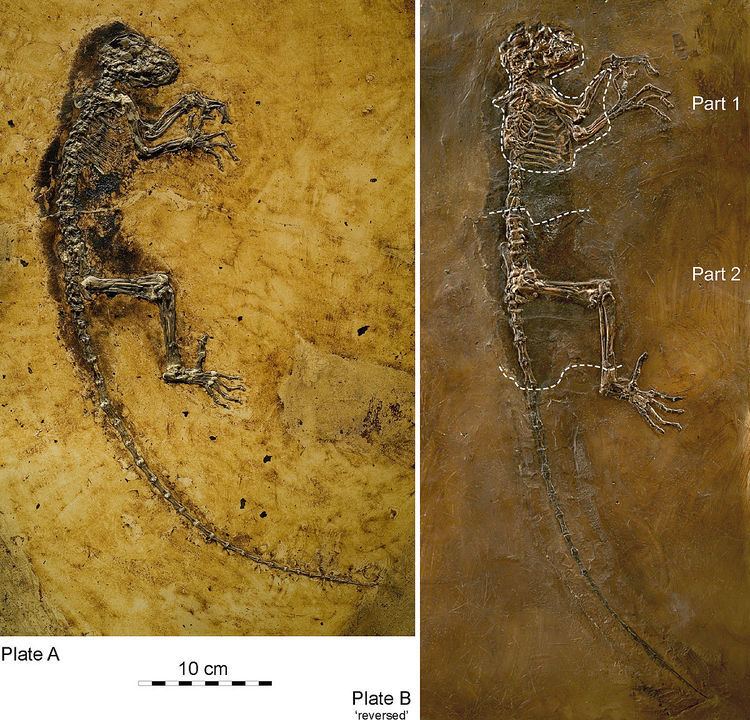A study by J. R. Foster is published estimating the body masses of mammals from the Late Jurassic Morrison Formation by using the ratio of dentary length to body mass of modern marsupials as a reference. Foster concludes that Docodon was the most massive mammal genus of the formation at 141g and Fruitafossor was the least massive at 6g. The average Morrison mammal had a mass of 48.5g. A graph of the body mass distribution of Morrison mammal genera produced a right-skewed curve, meaning that there were more low-mass genera.
Fujiwara, S.-I. 2009. Olecranon orientation as an indicator of elbow joint angle in the stance phase, and estimation of forelimb posture in extinct quadruped animals. Journal of Morphology. doi:10.1002/jmor.10748.
Fujiwara, S.-I., Kuwazuru, O., Inuzuka, N., and Yochikawa, N. 2009. Relationship between scapular position and structural strength of rib cage in quadruped animals. Journal of Morphology. doi:10.1002/jmor.10744.
Mitchell, G., van Sittert, S.J., and Skinner, J.D. 2009. Sexual selection is not the origin of long necks in giraffes. Journal of Zoology. doi:10.1111/j.1469-7998.2009.00573.x.
2009 in paleomammalogy Wikipedia (Text) CC BY-SA

